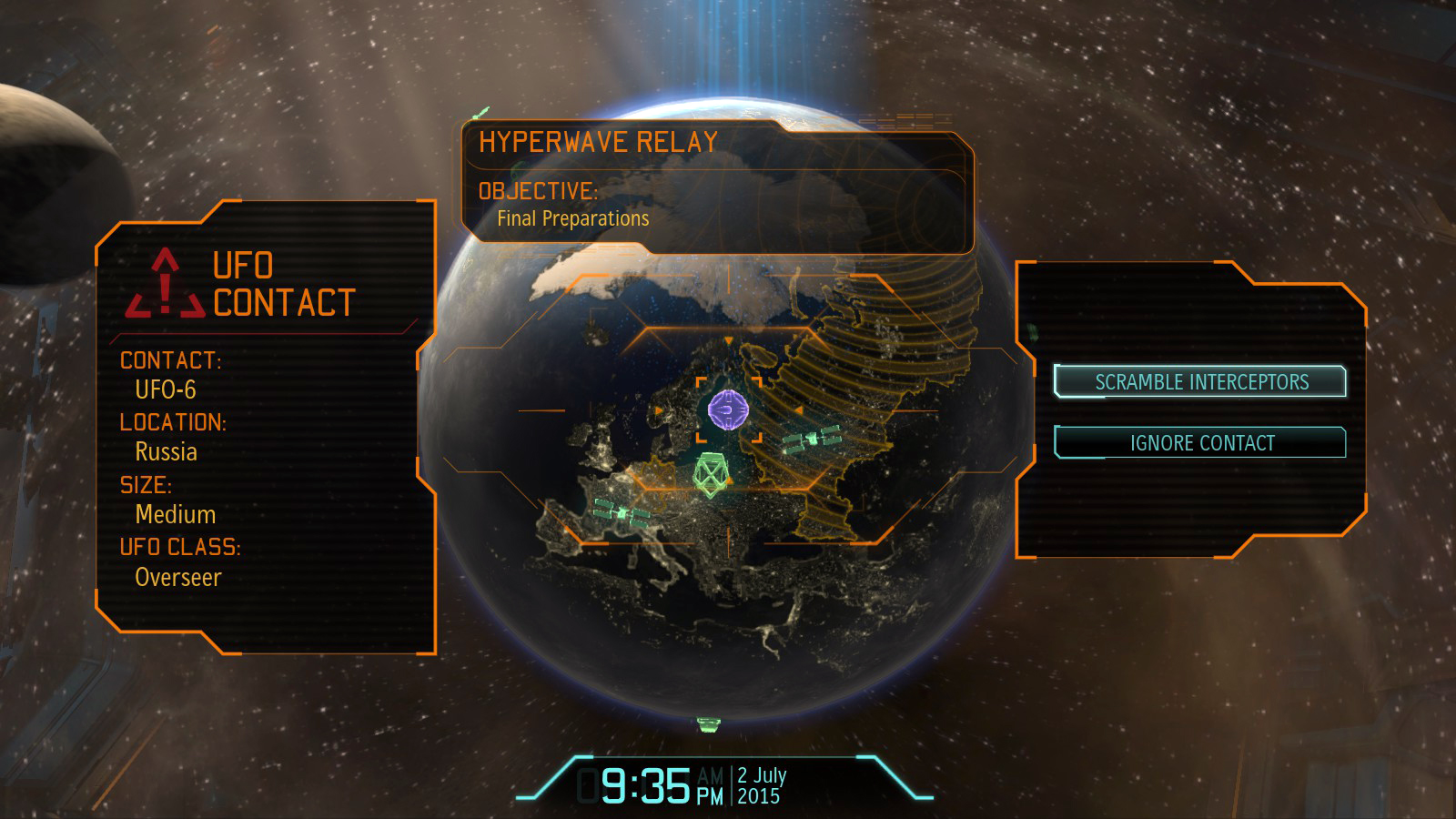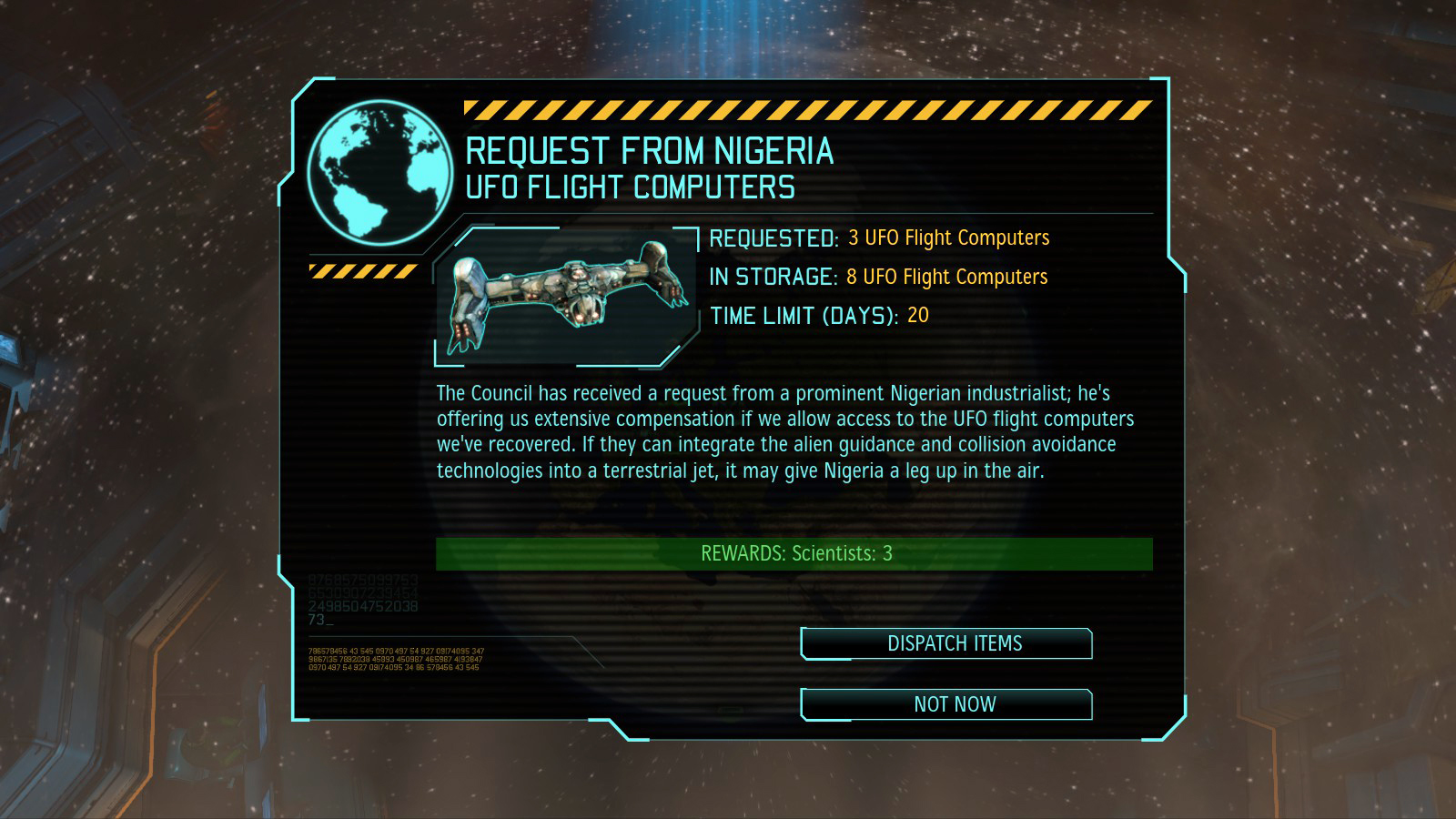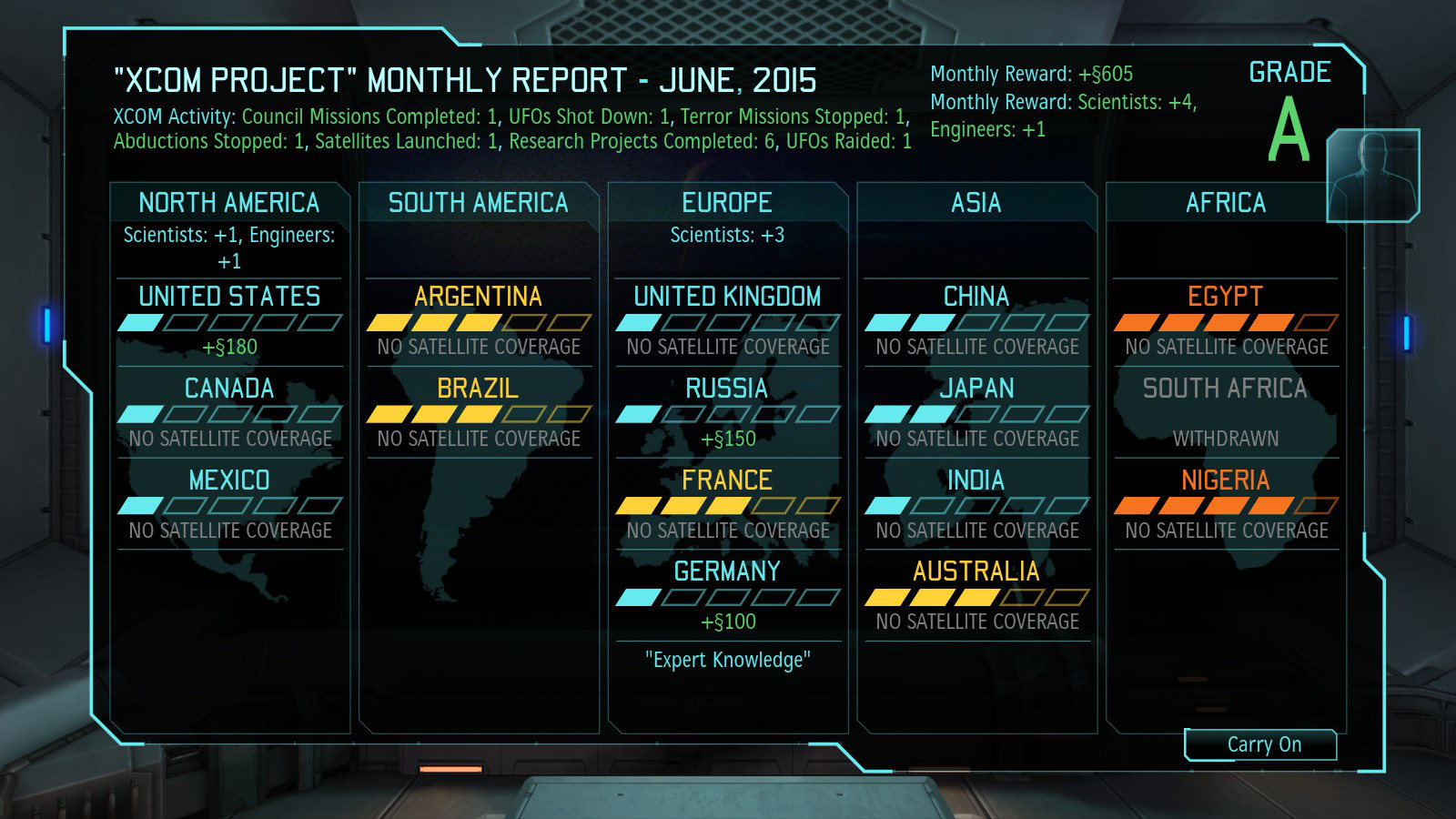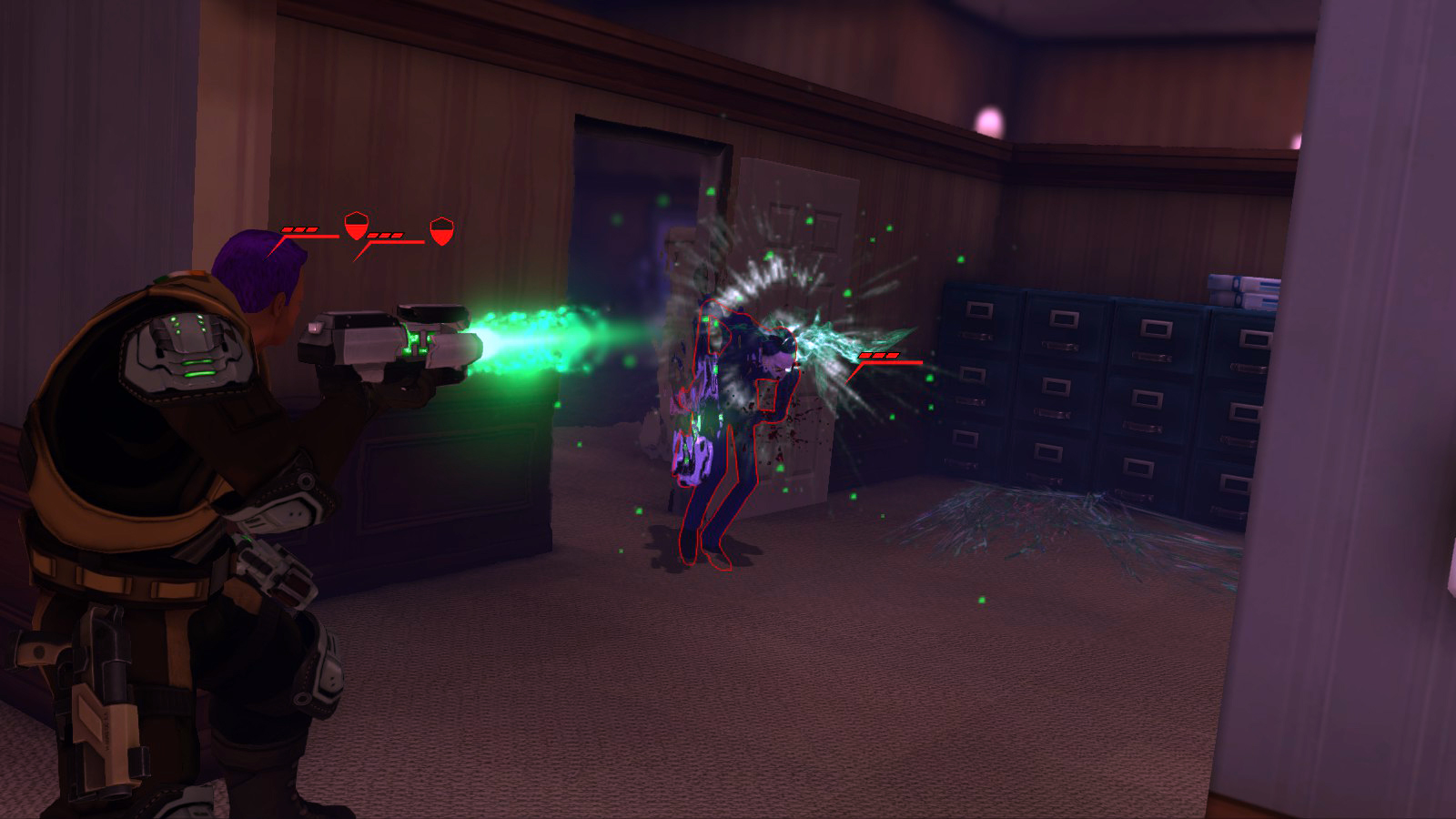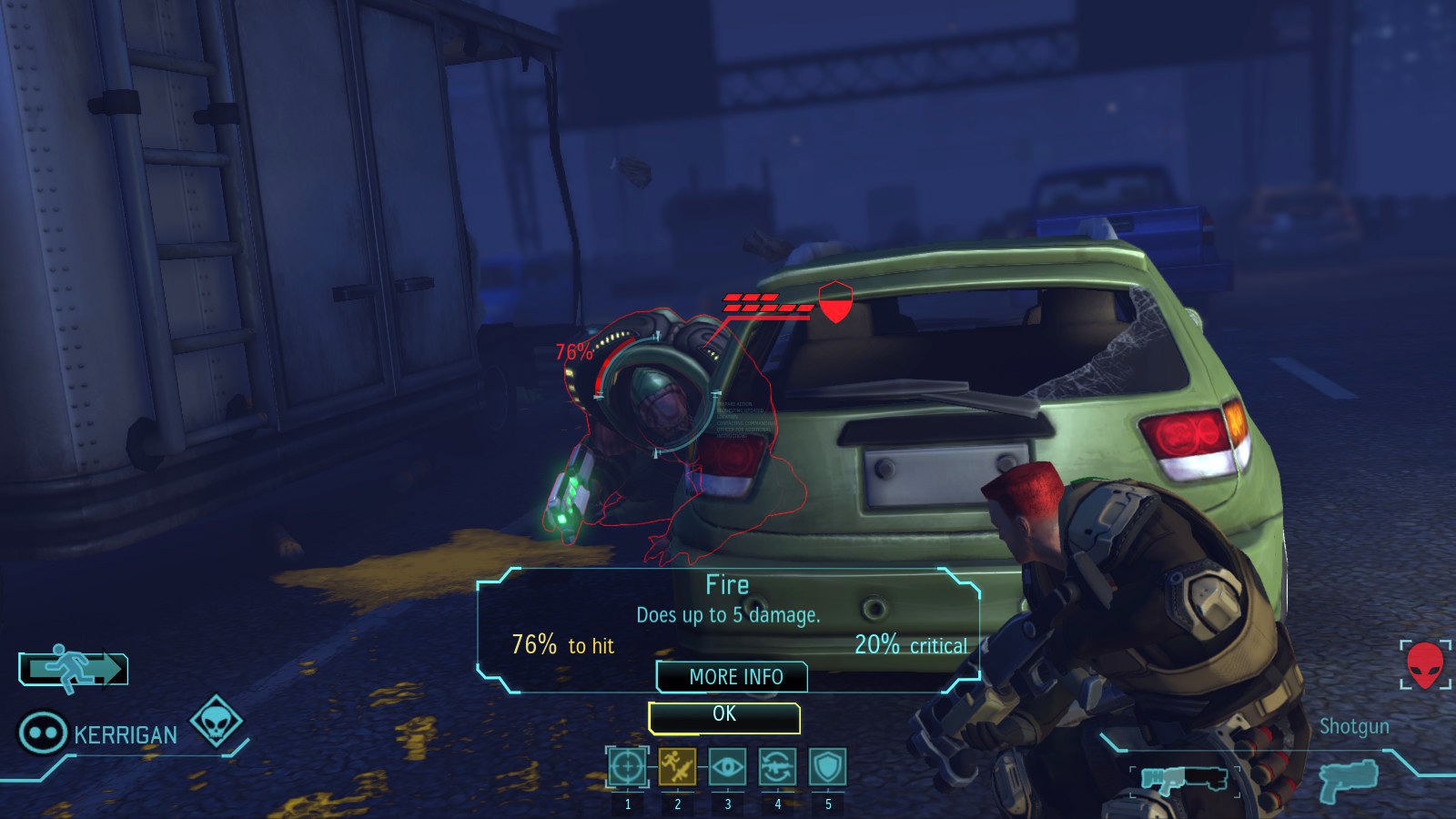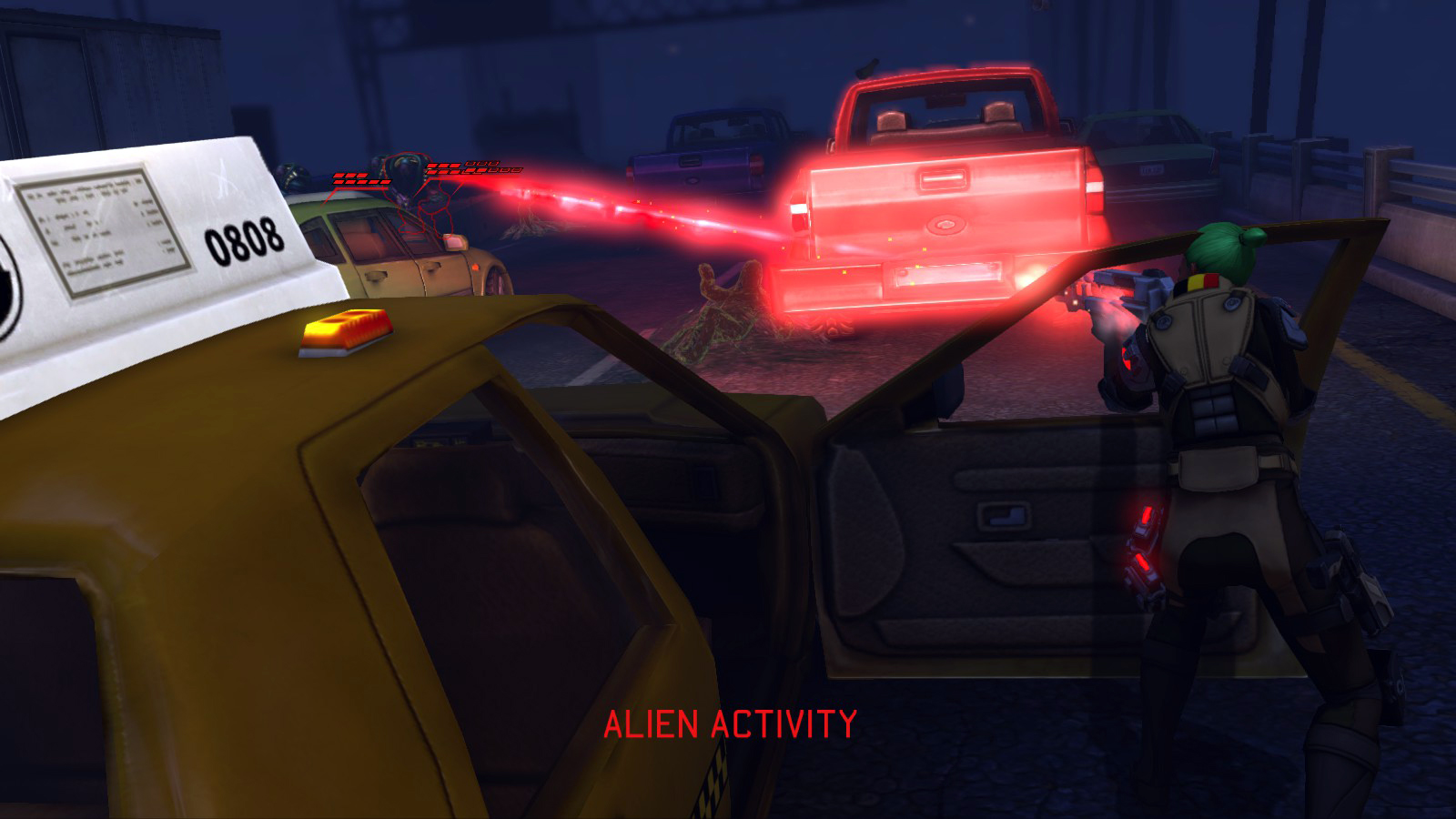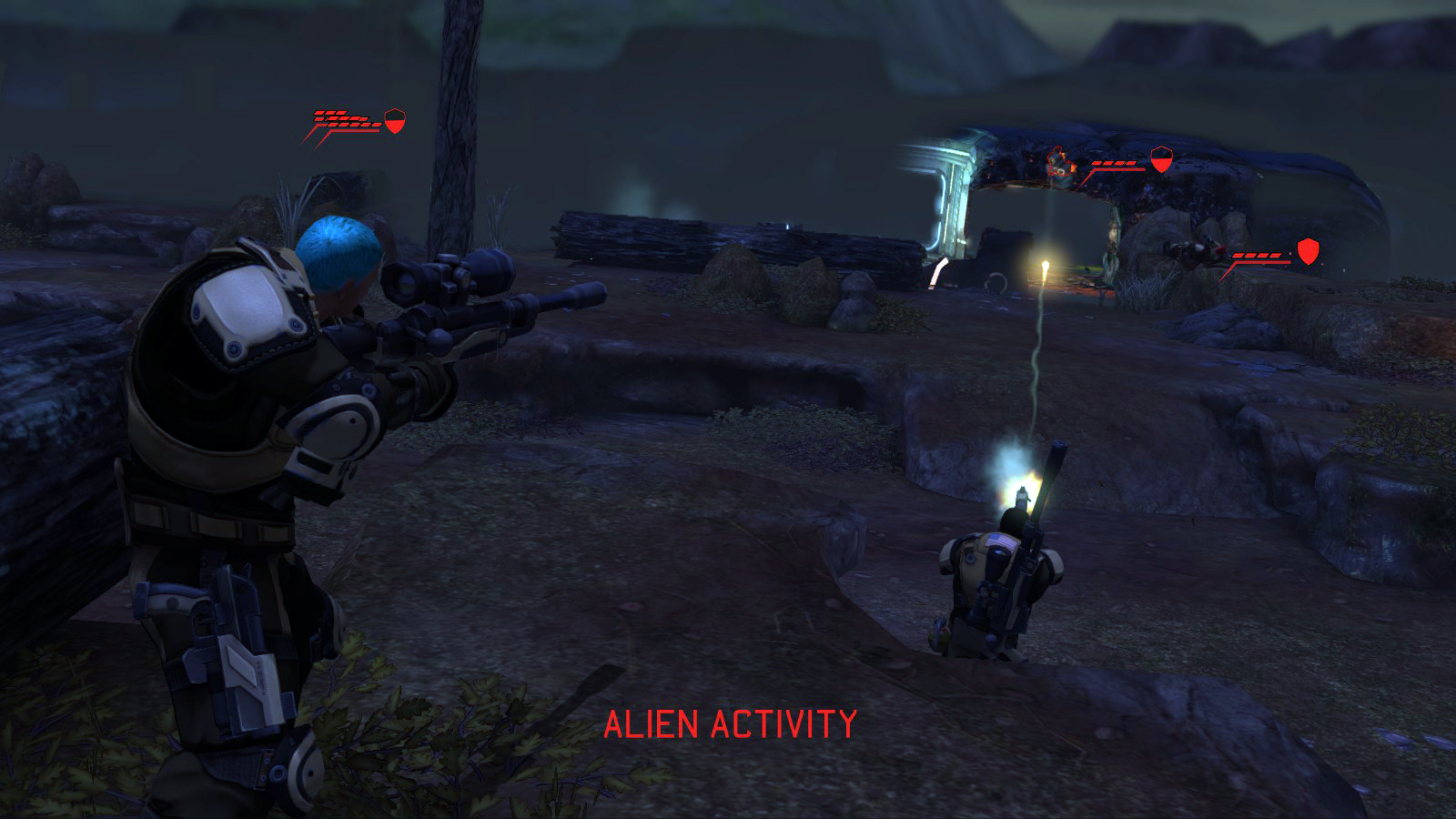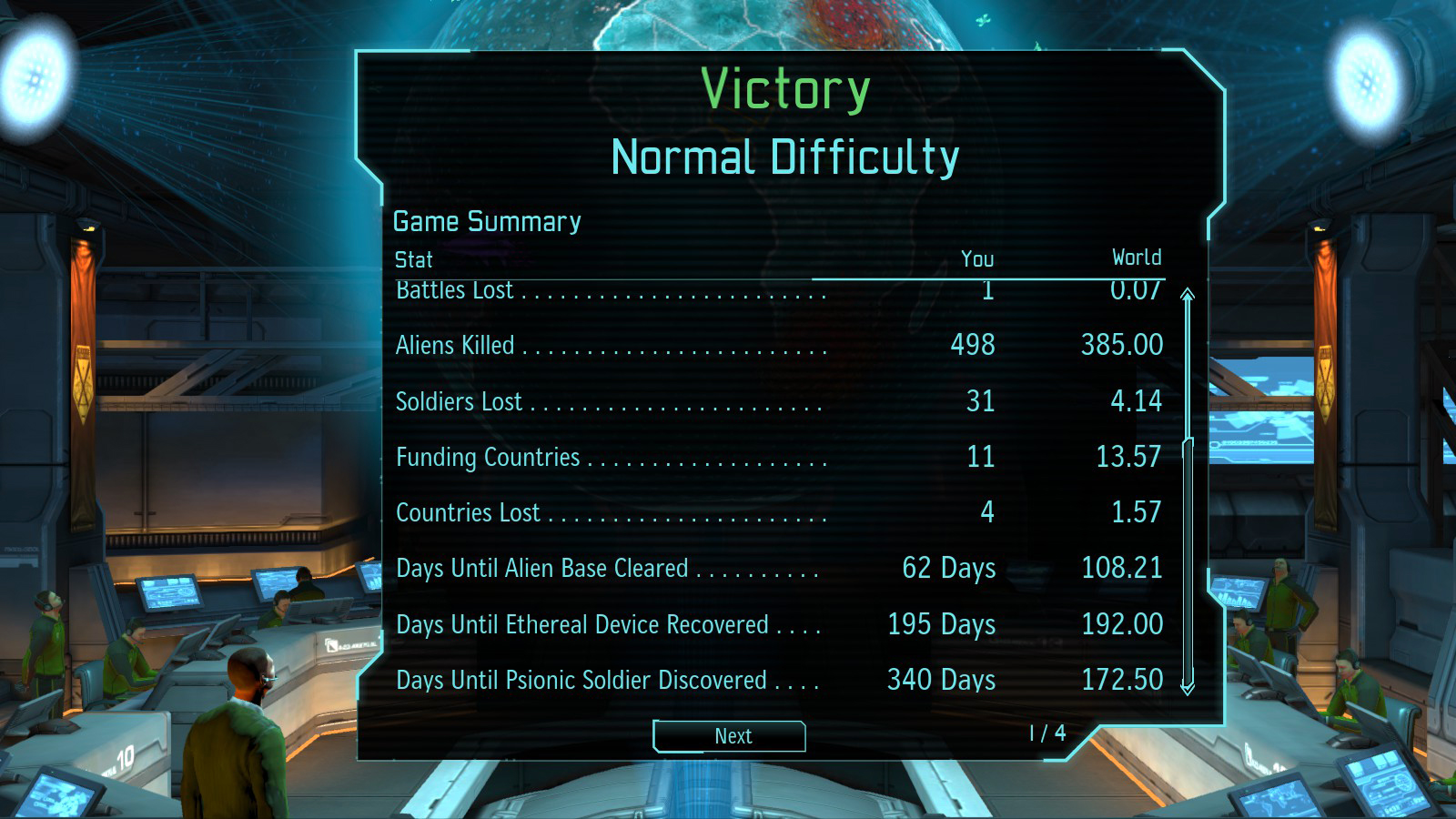 |
Keep Calm and Grog On! |
|
| Home | About Us | Article Index | Forums | Dice | GrogShop | GH ON FACEBOOK | GrogNews |
Let Your Grog Flag Fly!Recent ArticlesGARPA 17, 4/26/13 SimCity AAR Part 1, 4/25/13 Announcing MayViation, 4/24/13 Second Look at Wargame AirLand Battle, 4/21/13 First Look at Wargame AirLand Battle 4/19/13 AAR of Dark Age Minis Battle, 4/18/13 Video Review of Zulus on the Ramparts, 4/14/13 GARPA 16, 4/12/13 Crusader Kings II AAR Part 16, 4/11/13 Book Review: Ninja: 1000 Years of the Shadow Warrior, 4/10/13 Review of Bioshock INfinite, 4/7/13 Review of XFX PRO650W Core Edition PSU, 4/5/13 Civilization V AAR, Part 13, 4/4/13 Fire with Fire, 3/31/13 GARPA 15, 3/29/13 Civilization V AAR, Part 12, 3/28/13 Wheaton INterview, 3/27/13 March Mayhem Winner, 3/25/13 Warlock Multiplayer AAR, 3/21/13 WWII PTO Alternate Histories, 3/20/13 GARPA 14, 3/15/13 Crusader Kings II AAR, part 15, 3/14/13 Civilization V AAR, part 11, 3/7/13 Prezcon Convention Coverage, 3/2/13 Civilization V AAR, part 10, 3/3/13 |
Xcom: Enemy UnknownDeveloper: Firaxis and Publisher: 2K GamesReview by Jim Zabek, 6 February, 2013XCOM is a top-selling game and GrogHeads’ readers voted it best general strategy game of 2012. What makes it so great?Back to the FutureKeen observers of PC gaming may note a trend. Over the last several years there has been a move to resurrect, polish, and re-release some great older classics. Tropico, Baldur’s Gate, Sid Meier’s Pirates, StarCraft, and Close Combat to name just a few. The latest game to receive this treatment is XCOM: Enemy Unknown. I can remember playing the original XCOM when it was first released. It could be a devil to play and win – just when I thought I was making progress in one area the aliens would introduce some kind of new technology or invade my base. They were always just one step ahead. I have played the new XCOM from start to successful finish on the Normal difficulty level (there are four, the next higher level is “Classic”). The normal level of difficulty was quite satisfying and challenging, but allowed me to eventually win without the frustration that the old XCOM gave me. I probably dithered a bit too long before triggering the final series of missions, but I put off developing psychic technologies until I had exhausted all other tech trees. The result was a highly satisfying 60+ hours of gaming – good numbers for many single-player campaigns these days and with my experience I can share insight into the game if you haven’t bought it yet, and I can share a few overall tips on how to win if you’re having some difficulty. There are gamers out there who will derive great satisfaction in being able to recall every nuance of the original game and point out every deviation by the new one. I am not that guy. Suffice it to say that the original model of XCOM is followed: the strategic game unfolds in a pausable real-time environment as the player invests in technologies and building weapons, armor, and gadgets. The turn-based tactical game is where the player drops a strike team into an alien encounter and proceeds to either kill/capture the aliens, save civilians, or disarm a bomb. It makes for great fun, and while it is clear that the new version isn’t an exact clone of the old one, I found more than enough commonality to be satisfied. The new XCOM is great and I have no complaints. It’s updated enough to feel good, and yet true enough to its roots to recognize its origins.
A UFO is spotted over Russia. If I don’t attempt to engage it, panic will rise there. But do I have the technology to shoot it down? Do I have a team capable of taking on the alien threat?
Global View, Local NeedsStrategically, the game unfolds in a similar fashion to the original. The player recruits soldiers, and prioritizes research and engineering projects. As soldiers go from encounter to encounter their skills get better and they unfold into classes such as assault or sniper. On the engineering side the player has a number of slots in his base into which he can expand and develop the infrastructure of his base. Bonuses exist for keeping some engineering slots in proximity, but those needs are balanced against the cost of excavating these underground slots. Money is always tight. As with any great game there are more choices available than resources to accomplish them, and the player needs to carefully consider balancing immediate needs versus planning toward longer term objectives. A nation makes a request of alien technology and offers a good reward. I had to chuckle at an offer from Nigeria, though.
The world is represented by several nations. From time to time those nations may request something of the player, be it alien technology or military intervention. Success will bring money and possibly new engineers or scientists. Failure will increase a nation’s level of panic. Too much panic will cause a nation to withdraw from the XCOM project, and losing too many nations will result in game-ending failure. Tough choices will sometimes appear: should I help the nation that will give me more of what I need (e.g. scientists)? Or should I help another nation that has a higher level of panic, even if it means I’ll get a reward of less value (e.g. I already have more than enough engineers at present)? The interplay of balancing needs versus wants and the limited number of resources contrasting against many priorities makes this updated XCOM an instant classic strategy game. I find these types of games the most satisfying and XCOM: Enemy Unknown delivers a space craft full of excellent gameplay. June was a good month. I received an A rating and accomplished several successful missions. N.B. that South Africa has withdrawn from the XCOM project.
Tactically the game also follows the lead of its predecessor. The player can take up to six soldiers on a mission. They can be equipped with various arms, armor, and gadgets like healing kits or an arc thrower (which stuns an alien for live capture). Once again there are more choices than the soldiers have ability to carry, forcing trade-offs and difficult choices. For instance, should I have two soldiers carry med kits in case we take casualties or one of them gets hit? Or should I give one a S.C.O.P.E. for better accuracy? Even using the most conservative of tactics (see below) casualties and deaths will occur. The player will constantly face the challenge of deciding whether he should bring more experienced soldiers with a greater probability of defeating the aliens or bringing less experienced ones as both potential cannon fodder and helping them gain more experience if they survive. These aren’t easy decisions and the challenge makes the game that much more fun to play. The Hyperwave Communication is a priority and probably where I should spend my research, but what to do after it’s done? As you can see there are a lot of choices. Space Aliens: Let’s Get RealSome players have criticized XCOM for a lack of realism. These can range from the constraints forced on a soldier’s carrying capacity (why can’t a soldier carry a med kit and a grenade?) to lacking more destructive weapons (why can’t we drop a nuke on the aliens?). Conversely, for a highly developed alien race, one would think they would try to arrive in force and quickly overrun the humans using their superior weapons and technology (as opposed to light recon and a gradual build-up of force). In the end none of those breaks with “realism” bothered me – XCOM is a game and great fun at that. I was more than happy to play within its boundaries and not question the design decisions (too much – I did notice). It was enough to kick back and have fun.
This is a typical team structure for me. Note the loadout of each soldier and the limit of a single option to give them. Rules of EngagementIn terms of meta-strategy, the key to winning is to keep your eye on the long-term objectives. Clearly the tactical game requires soldiers to bring the proper tools to each encounter, and the way to do that is to plan the strategic game to anticipate their needs. Although most of the game revolves around tactical ground combat and strategic research, there are other small but critical parts of the game that requires the player to pay attention. One is the above-mentioned panic levels of nations, the other is developing aircraft to shoot down alien spacecraft. Creating aircraft with weapons capable of shooting down the aliens allows the player to thwart alien raids on cities (increasing panic) and gain access to alien technology for capture, study, and ultimately manufacture. Surprise! Here I catch an alien walking into some opportunity fire.
To my mind, the key to success was to ensure that I kept a balanced approach to development. Scientific research needs to be focused on meeting both short and long-term goals. If my ground troops are currently doing well fighting the aliens it’s probably a good time to think about upgrading some technology for my aircraft. If my aircraft are successfully shooting down aliens, it’s probably time to start thinking about developing new gadgets for my ground troops. If my scientific research has unlocked solid technology for my soldiers and aircraft it’s probably time to start making some of these new weapons/gadgets to upgrade my soldiers or aircraft. This kind of forward thinking generally kept me out of trouble and allowed me to avoid being overly prepared in one area while finding myself constantly being skunked in another. Conversely, being tunnel-visioned about pushing one line of development too far without thinking of the other aspects of the game generally led to falling behind the aliens. On the Normal level of difficulty I found I could still recover, but at higher levels I expect the game will be far less forgiving. Another useful tip is to use the soldier customization to classify the roles of troopers. I didn’t fully adopt a color code from Star Trek, but I did color the hair of my expendibles/support team red (as in red shirts). My Assault guy had purple hair. Snipers black. Heavy Support was green. This allowed me to quickly identify each role on the tactical screen. Despite being a turn-based tactical game, quickly identifying units was a very useful trait.
A red shirt moves to engage a very tough enemy. He’ll be lucky to survive the encounter.
Another useful tactic was the judicious use of patience. Bounding overwatch is critical in the tactical game. At almost every instance unless I was really, really sure I knew the full situation and placement of the aliens, I always saved the second move in the two move turn for opportunity fire. Failing to do so would almost guarantee that I would suffer needless damage. Sticking to this strategy almost always yielded success. Using overwatch is a key factor to success in the tactical game. Here one of my units takes a shot at an alien as it moves across her field of fire.
Yet another key component is the mix of classes sent on a mission. Generally I found the most powerful units in the game are the snipers. As soon as I had at least two of them available I assigned two to every mission. Mixing a highly experienced one with a less experienced one was important, as was keeping them toward the back of the group. Generally speaking I would move only one sniper if I moved at all – the other kept both of his moves on overwatch, always capable of bringing a robust response to any surprise alien moves. Players should make every attempt possible to keep their squad within at least one sniper’s line of sight. If it isn’t possible, then the initial move should be made by either an expendable unit or an experience Assault unit capable of delivering a powerful short-range attack. The two soldiers in the foreground are both snipers set to use opportunity fire. This is an ideal setup. Obviously those choices aren’t always available, but whenever possible using those tactics tended to limit my losses and maximize my success in the game. But Wait! There’s More!Just when I thought I’d played the game to its fullest extent a buddy of mine pinged me one night via Steam (yes, XCOM requires Steam) and asked me if I was up for some multiplayer XCOM. Yes, there is a multiplayer game. It is adversarial and played on the tactical map. Documentation for XCOM is short. The game begins as a tutorial (my favorite style for teaching) and quickly the player grasps the concepts without need for a tutorial – except in the multiplayer game. Here I had to muddle through figuring out that I had a point limit with which to buy units and equipment. Further complicating the issue is the fact that each side has access to both human and alien units and equipment. After playing the game from start to finish I was comfortable I understood how the weapons worked, but I was far less familiar with how to take tactical advantage of the various alien soldiers. Some have high levels of health. Others are fast movers and good at close quarters. Unfortunately trial-and-error will be the best method to learn how to win with all units. The good news is that there are plenty of choices to find an optimal mix of tactics. The bad news is you’ll have to lose some games in order to learn to win with them.
Here is my final, game-winning team getting ready to crush the aliens for the final time. Global SummaryXCOM: Enemy Unknown is actually going to be a known quantity to gamers who had the privilege of playing the original. Updated with some gameplay refinements and sizzling modern graphics, Firaxis and 2K Games have proven that sometimes the old ways are the best. The turn-based tactical game proves that turn-based gaming is acceptable and even popular to gamers in an era that is saturated with fast-paced action and RTS games. XCOM: Enemy Unknown is a smash hit. If you don’t have it, you owe it to yourself to get it. It’s that good. Grumpy Grog says: XCOM is more fun than a UFO sighting at Roswell. Get it and have fun!XCOM is a big win!
Discuss this article in our forums >> Share your comments with FaceBook here!
|
Please support the folks that support GrogHeads
|
Copyright ©2012-2019, Grogheads, LLC. All rights reserved in the United States and throughout the world. All other products and copyrights mentioned on Grogheads, LLC are the property of their respective companies, and Grogheads, LLC makes no claim thereto.
GrogDice - Refresh the screen to roll a new set!
Or go here to roll a LOT of dice
